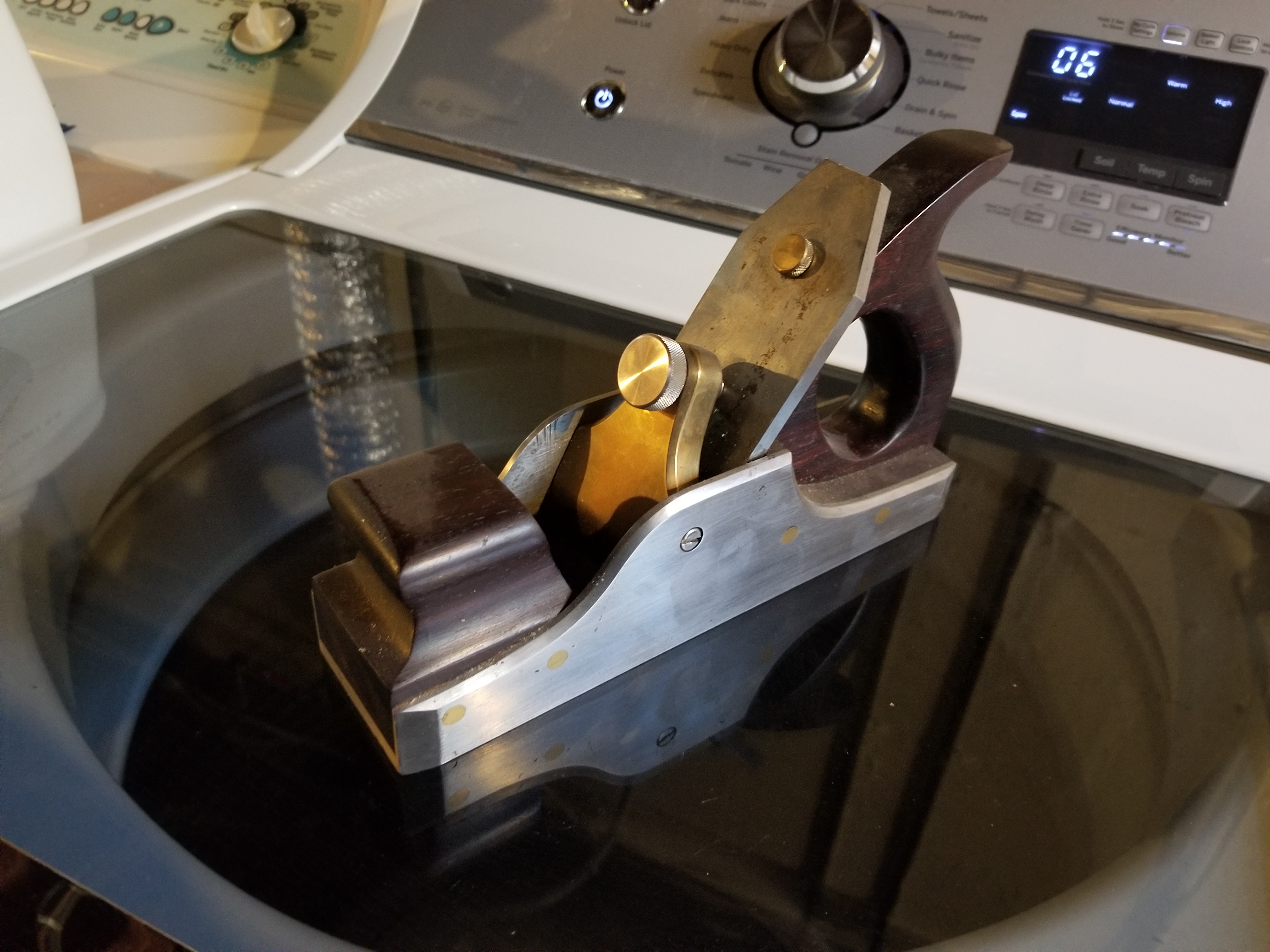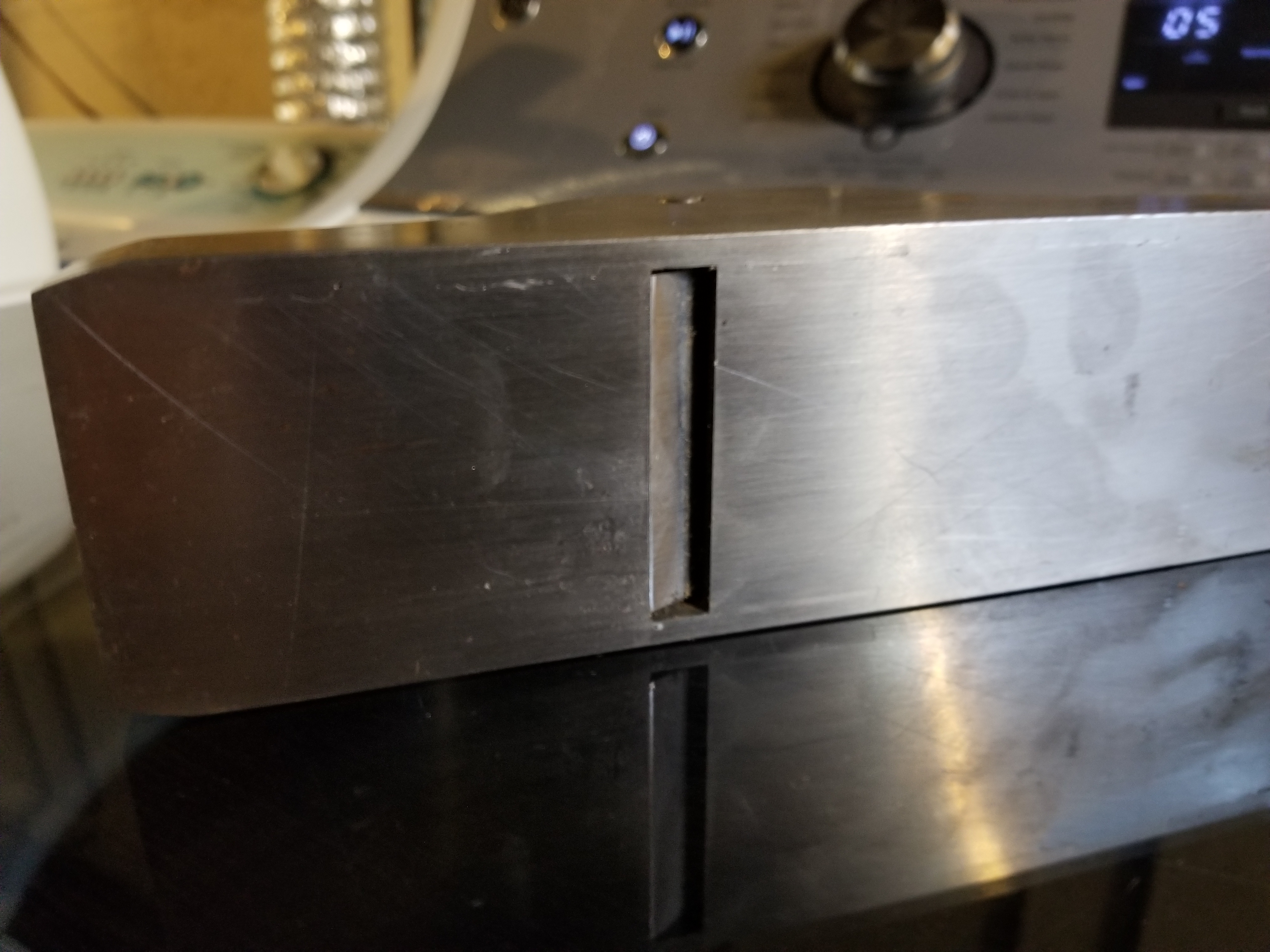MikeG.":1jnfa05q said:
The entire point of the thread was to show the similarity of the geometry, and thus of the way that these two supposedly contrasting methods of smoothing actually work. It was not to say that one way is better than the other. I'm thrilled to bits for you that you get such a kick out of using and proselytising for the close set cap iron, but I simply do not understand how you can be so defensive that you think even a straight forward comparison of the geometry is some sort of blasphemous attack on your religion.
I didn't see a lutheran reference.

At a very simplistic level, the scraper and the cap iron are similar. I have no idea who invented the cap iron, but I don't think they would've been thinking about a scraper at the time. They could've but who knows.
I think it's more likely that they understood that long splinters were lifting out of wood and probably made something too drastic to start (like something mounted to an iron).
The trouble with the references about cap irons and scrapers working the same way is that it doesn't work out in practice - it's only ideal on a picture and it assumes too many things can be easily controlled.
The leap on other forums has been pretty easy to predict - a cap iron works like a scraper. I'm mastering a scraper, so a cap iron will be a waste of time because it's the same.
Economics brought development. Economic dominance brings numerical dominance. We're left to figure out why (i'm doing that in retrospect - it has less to do with what was for me, and more to do with what's easier if you're not going to use power tools to any degree - they end up in the same place).
What I was really hoping to do with all of this is use it in japanese planes, but that didn't work out. It works fine in them, but it's far less convenient for several reasons. I was also a step away from making scraper planes,too (paul hamler over here is a scraper fanatic and he can really put on a demo at woodworking clubs like a site salesman for a vitamix who will convince you that you'll use scrapers as he does for far more than you'll end up actually doing). Scrapers were *the* answer at that time. All you had to do was look at blood and gore and such dense information provided, it extolled the virtues of the scraper plane. Then after that, it was the "brese" type plane. Put it on wood, plane with it. no tearout. take out the cap iron and make a thick single iron because it makes the plane "less complicated and more solid".
Who knows what those people at stanley, and griffiths and norris and mathieson were doing. They must've been simplistic and they needed modern hobbyists to light the way.
Of course, I took a trip on the single iron small mouth thing:
I even bought the iron and cap iron from brese - this was my second infill plane. If you want to plane a 2 thousandth shaving all day long, it'll do that. you'll sharpen it twice as much as a stanley, four or eight times as much if you count volume of wood worked instead of footage. But that's half as much as a scraper and the tiny mouth prevents you from doing any damage. I made another plane - it had a hundredth mouth - 2 1/2 times as much as this - that didn't prevent tearing (thought it would be a good plane to use just before this one).
It was about a year later that I was goaded by a guy who works with hand tools for a living into figuring out the double iron stuff and in less than a week, I was really disappointed to find out that the washing machine plane here was a leisure plane. It feels great to use, but it's not productive.
Same with all of my scrapers. I kind of resented nobody else describing all of this to me, but not too much, as I like experimenting in context - practical context. I've got a section of hardwood floor to redo in my house in a few weeks - that'll provide opportunity for scraping.






